Artist Statement: Grace Karanja '20
The purpose of this exhibition is to examine the rampant darker skin stigma that prevails across the continent of Africa as colorism continues to dominate the region. My vision is to show the elegance of an African woman by representing her beauty, her struggles, and her power. Through sculpture, earthenware tiles, and mirror tiles, I have explored different visual art techniques like slab making, drawing, and glazing.
My exhibition incorporates a story that compares the life of a light skin African woman to that of a darker skin African woman. The themes of motherhood and self-reflection are also prevalent in my exhibition. Similarly, I have explored the role society and family play in the upbringing of a child and how their attitude influences the child’s self-confidence. My first art piece was the ‘African goddess’, an earthenware tile of a black woman, wearing a headscarf, and holding a candle. This art was inspired by the famous American Statue of Liberty. The woman wears a headscarf to symbolize her African heritage, and her dark skin is illustrated by the dark-brown underglaze used. The intent of this art was to symbolize black women’s power and to uplift dark skin women.
‘Fierce’ was my second art piece, an earthenware tile of a black pregnant woman, which was inspired by Chèri Samba, a surrealist painter. The woman’s hair is in the form of a globe which symbolizes the struggles of African women, as most times they are diminished by the world instead of being uplifted. Her necklace is in the shape of Africa showing that home is where she feels safe. The woman looks sad as she is concerned that her child won’t be as loved and supported if they are of a darker skin tone.
‘Take heart’ is another earthenware tile of a young beautiful woman who has moved to America and felt the need to bleach her skin in order to fit into society. This art shows the repercussions of colorism as her family and friends always gave mean comments about her dark skin tone, she develops self-loathe and decides to lighten her skin. The same theme can also be observed in the sculptural piece ‘Broken vessel’, where the lady is ashamed of her body and skin.
‘Mbona’ and ‘Breakthrough’ are two earthenware tiles that juxtapose each other. ‘Mbona’ which translates to “why” in Swahili, shows a black woman beating up her child because she is dark. This also illustrates the repercussions of colorism. The woman is dark-skinned, just like her daughter, and growing up her family discriminated against her because of her darker skin tone. The hate and anger she felt are directed to her child, and the cycle continues.
‘Breakthrough’ on the other hand, portrays the benefits of black consciousness, which is awareness of one’s identity as a black person. The mother shows love and encouragement towards her daughter and in this way, she grows up to become the African goddess.
‘Don’t look at me’ and ‘Look at me’ are also pieces that juxtapose each other. ‘Look at me’ is a mold piece that shows the praise, confidence, and pride that comes with being of lighter skin. Contrarily, ‘Don’t look at me’ is a mirror tile that portrays the self-doubt and mortification that comes with being of darker skin.
To develop a relationship between my artwork and the viewer, I used words that explicitly illustrate the meaning of my artwork. I have painted a Carolina blue glaze in most of my earthenware tiles to demonstrate fluidity and the connection between my pieces. In this way, my artwork portrays a story. As people look at my artwork, I want them to be informed about colorism and the deleterious effects it has especially on young women and teenage girls. And, most importantly, I want any dark-skinned person in my audience to feel empowered and appreciated.

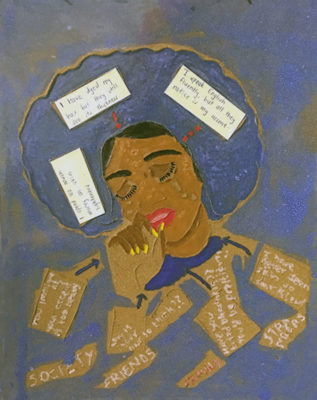
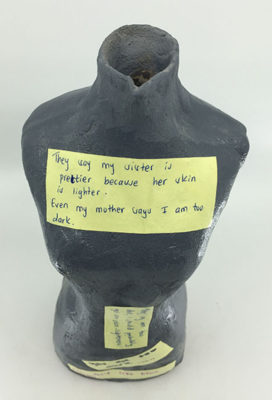
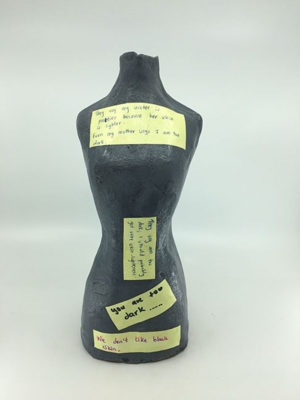
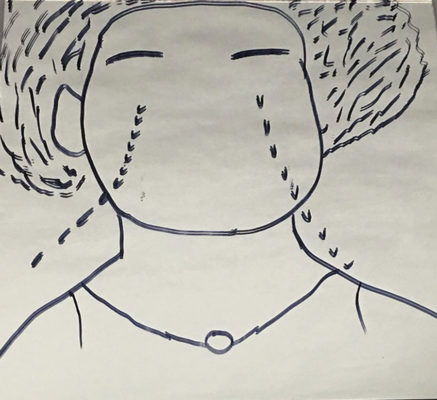
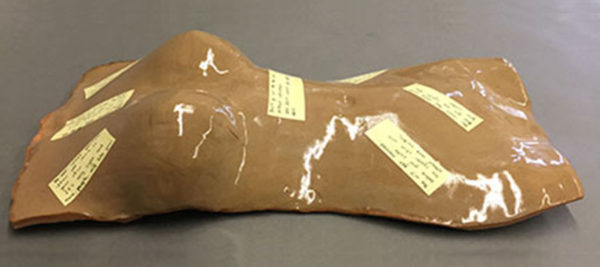
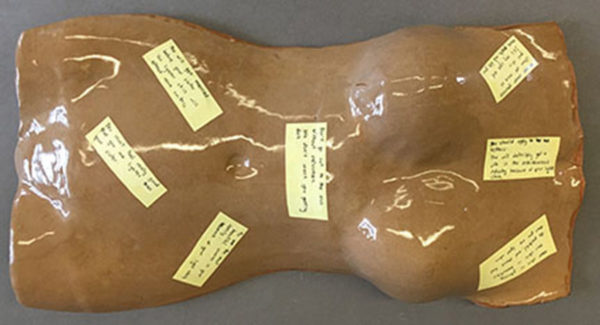
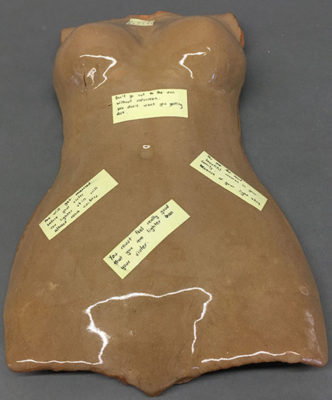
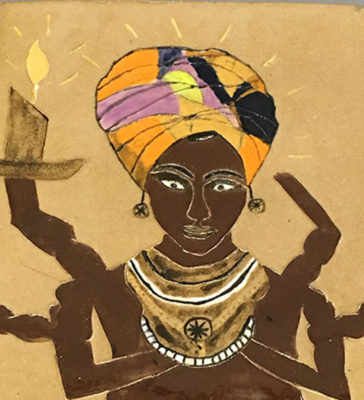
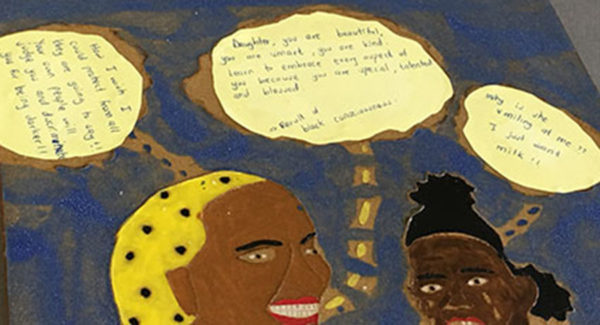
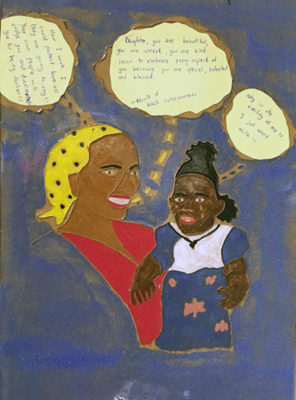
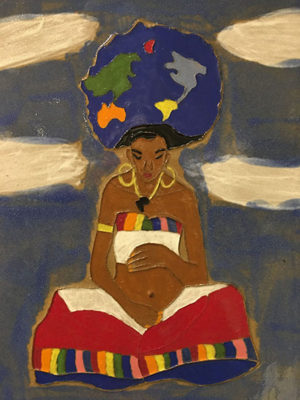





 Monastir, Tunisia, and Amman, Jordan
Monastir, Tunisia, and Amman, Jordan Irvine, CA
Irvine, CA Feasterville-Trevose, PA
Feasterville-Trevose, PA New Hope, PA (Previously NYC)
New Hope, PA (Previously NYC) Richboro, PA
Richboro, PA Englewood, NJ
Englewood, NJ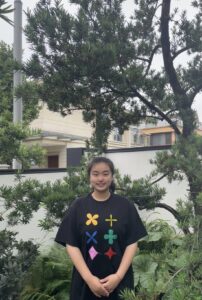 Ningbo, Zhejiang, China
Ningbo, Zhejiang, China Willingboro, NJ
Willingboro, NJ Yardley, PA
Yardley, PA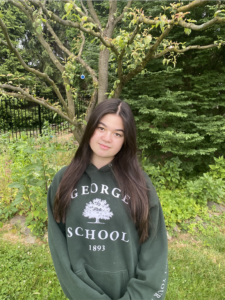 Newtown, PA
Newtown, PA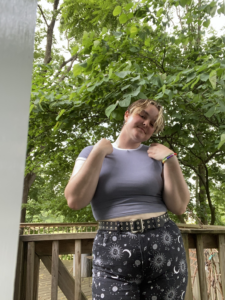 Holicong, PA
Holicong, PA Newtown, PA
Newtown, PA Hamilton, NJ
Hamilton, NJ Yardley, PA
Yardley, PA Lambertville, NJ
Lambertville, NJ Chongqing, China
Chongqing, China Pennington, NJ
Pennington, NJ Yardley, PA
Yardley, PA Bensalem, PA
Bensalem, PA Borgota, Colombia
Borgota, Colombia Newtown, PA
Newtown, PA Burlington, NJ
Burlington, NJ Langhorne, PA
Langhorne, PA Princeton, NJ
Princeton, NJ Langhorne, PA
Langhorne, PA New York City, NY
New York City, NY New Hope, PA
New Hope, PA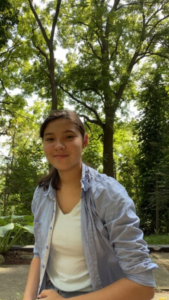 St. Catharines, Ontario, Canada
St. Catharines, Ontario, Canada Providenciales, Turks and Caicos Islands
Providenciales, Turks and Caicos Islands Willingboro, NJ
Willingboro, NJ Princeton, NJ
Princeton, NJ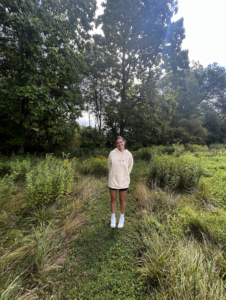
 Newark, NJ
Newark, NJ Trenton, NJ
Trenton, NJ Newtown, PA
Newtown, PA
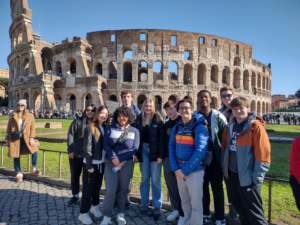
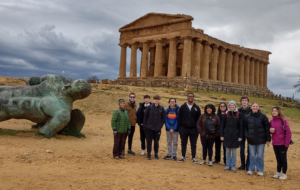

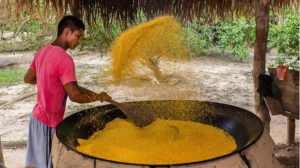



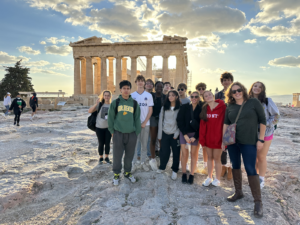
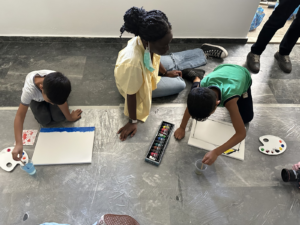
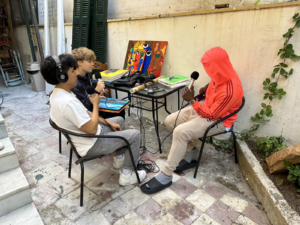

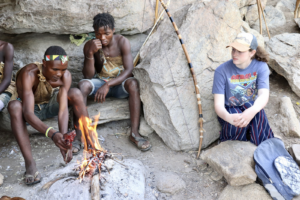
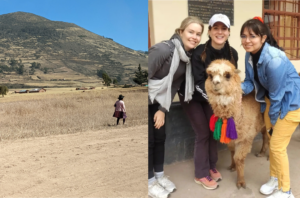



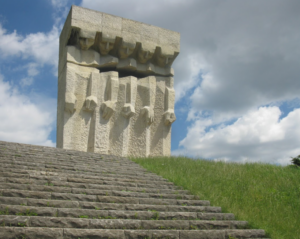
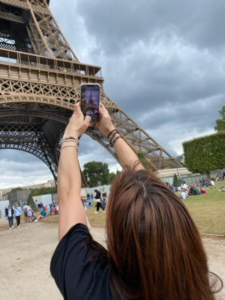
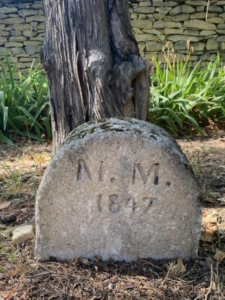
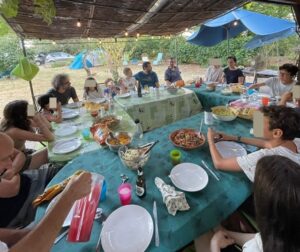
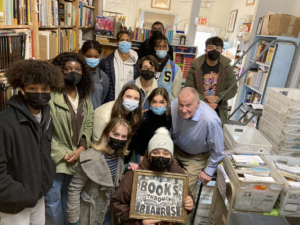
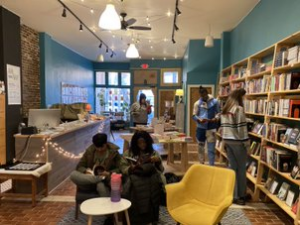
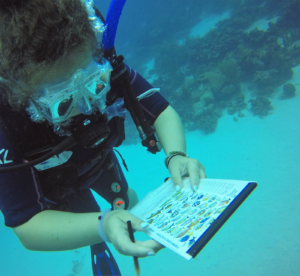


 Lawrence, NJ
Lawrence, NJ Seoul, South Korea
Seoul, South Korea
 Milwaukee, Wisconsin
Milwaukee, Wisconsin Pennington, NJ
Pennington, NJ Jenkintown, PA
Jenkintown, PA Ottsville, PA
Ottsville, PA Yardley, PA
Yardley, PA Providenciales, Turks and Caicos Islands
Providenciales, Turks and Caicos Islands Hopewell, NJ
Hopewell, NJ
 Pottstown, PA
Pottstown, PA Playa del Carmen, Quintana Roo, México
Playa del Carmen, Quintana Roo, México Shanghai, China
Shanghai, China Beijing, China
Beijing, China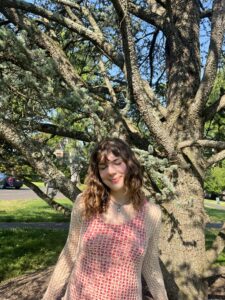 Yardley, PA
Yardley, PA Beijing, China
Beijing, China Holland, PA
Holland, PA Langhorne, PA
Langhorne, PA Ringoes, NJ
Ringoes, NJ New Hope, PA
New Hope, PA Dreshner, PA
Dreshner, PA Yardley, PA
Yardley, PA Yardley, PA
Yardley, PA PA
PA


 Xi’an, China
Xi’an, China





